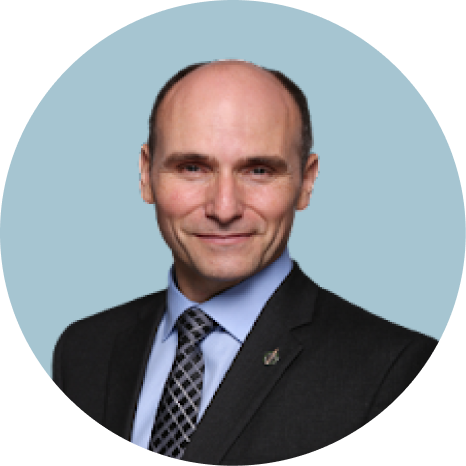menu
A shortage of healthcare workers fuelled in part by burnout and attrition has plagued Canada's hospitals, clinics and primary care resources.
40
%
of Canadians are dissatisfied with their health care system, with 28% thinking the system is in crisis
10
%
of Canadian respondents lacked a family doctor or nurse practitioner they could talk to about their health
0
M
overtime hours were recorded in Canada’s hospitals in 2020–2021, which translate to >9,000 full-time equivalents (FTEs)
40
%
of health care workers reported that they were feeling more stressed at work
10
%
hospital beds in Ontario are taken up by elderly people who do not need to be hospitalized
10
K
healthcare workers in Canada will retire within the next decade
Sources: The 2023 Confederation of Tomorrow Survey, by Environics Institute in partnership with the Canada West Foundation, the Centre for Policy Analysis – Constitution Federalism, the IRPP Centre of Excellence on the Canadian Federation, the Brian Mulroney Institute of Government and the First Nations Financial Management Board; Canadian MIS Database, 2020–2021, Canadian Institute for Health Information.
Challenge
Demand has exceeded supply for healthcare workers. It is a matter of life and death for thousands of Canadians.
A 2022 survey found that 63 percent of Canadian individuals indicated a lack of staff was the biggest problem facing the national healthcare system. Access to treatment and/or long waiting times were also considered to be pressing issues.
The health and social services sector vacancy rate was 5.7% in November 2022, down from a multi-year high of 6.6% two months earlier. As of 2022, immigrants accounted for one out of every four healthcare sector workers in Canada.

Efforts
Recent parliamentary recommendations and health workforce reports identify the recruitment and integration of IEHPs as part of the solution to the health worker crisis.
The top four recommendations from the Parliamentary Standing Committee on Health to address the health workforce crisis in 2023 all referenced IEHPs:
Greater collaboration between all levels of government and relevant stakeholders to streamline the process to recruit from countries that are known to train more health workers than they need domestically;
To provide more residency positions for international medical graduates;
Expand pathways to qualifying for a licence to practice medicine in Canada (licensure) for international physicians who have already completed their residency; and
Support expedited pathways to licensure and practice.
Provincial governments are facilitating international health worker pools for Provincial Nominee Program candidates.
Direct recruitment of international health-care workers.
"We know that improved health worker supports lead to better health care for Canadians."

The Honourable Jean-Yves Duclos
Canada’s Minister of Health, 2021 - 2023
What Landa Does
Identify red seal skills in Canada’s healthcare (skills that are relevant across all provinces) and critical skills gaps in several provinces
Partner accredited health care training institutions to:
remotely train & certify prospective migrating healthcare workers focusing on verified skills gaps, and
standardize the credentials of IEHPs.
Position qualified IEHPs for seamless migration to Canada through existing pathways and points enhancement.
Place them in jobs at health care institutions that require their services upon arrival in Canada.
